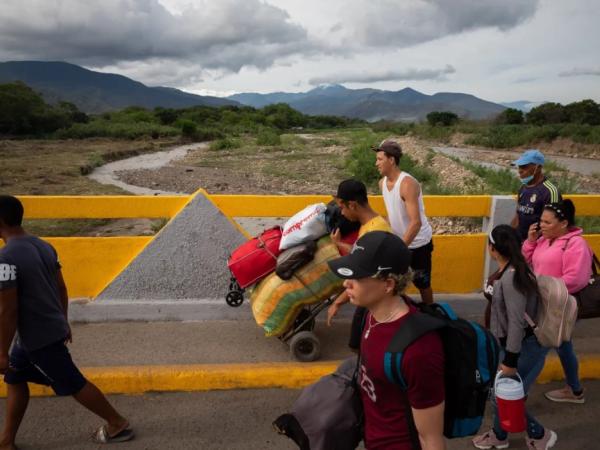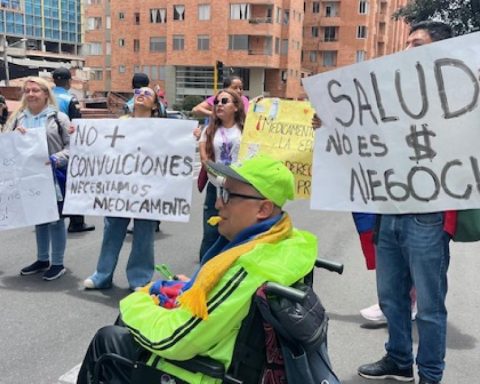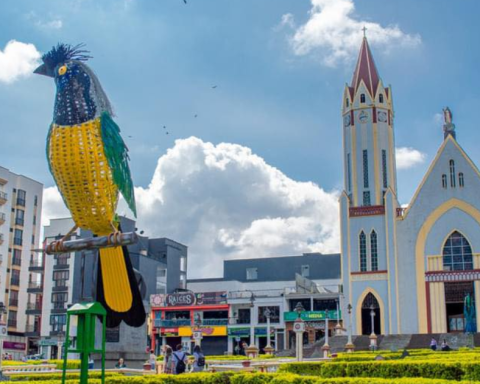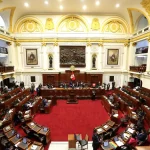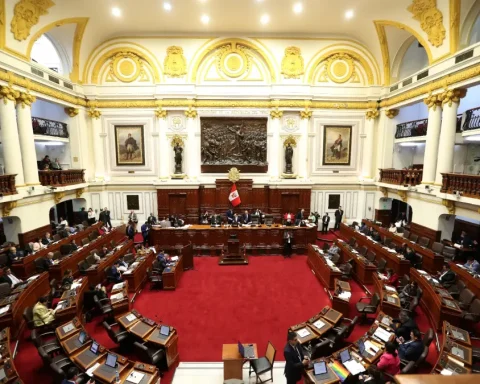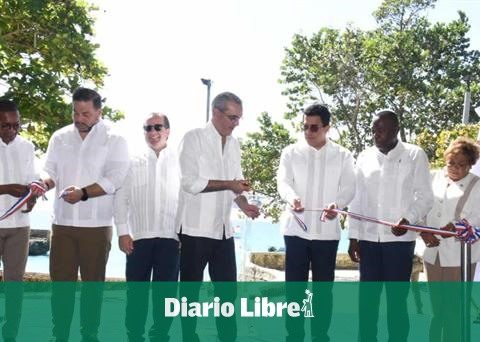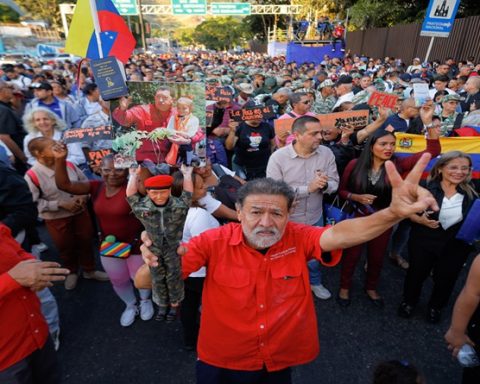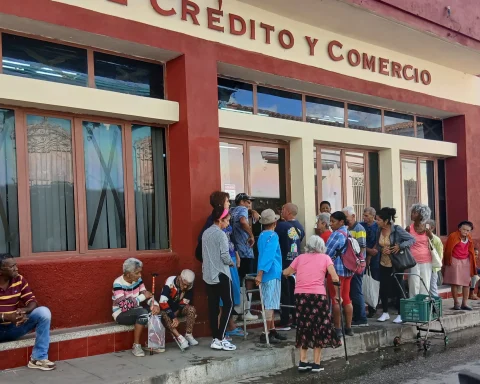The relations between Colombia and Venezuela ceach time they get stronger. This time, officials from the two countries concluded the negotiation of an investment protection agreement and advanced the review of Partial Scope Agreement No. 28.
(Read: The neighborhood that represents the ‘boom’ of capitalism and luxury in Venezuela).
These agreements lay the foundations for the development of investments and clear rules on bilateral trade. “We seek to promote joint development and balance, strengthening trade and promoting our relations at the border”stated the ministers who were part of the negotiation.
The meeting was led by the Executive Vice President of the Bolivarian Republic of Venezuela and Minister of People’s Power for the Economy, Finance and Foreign Trade, Delcy Rodríguez; the Minister of People’s Power for Agriculture and Land of this country, Wilmar Castro Soteldo; and the Minister of Commerce, Industry and Tourism of Colombia, Germán Umaña Mendoza.
Now the agreements will have to be signed by the presidents of both countries and then go through the procedures required for them to enter into force. This agreement is unprecedented in the bilateral relationship and seeks generate greater legal certainty for reciprocal investments, in all productive sectors of both economies.
(Also: Inflation: substitute imports and more measures to stop it).
For its part, Partial Scope Agreement No. 28, which had not been reviewed since 2012, included a review of tariff preferences to balance the conditions of the commercial exchange of goods and stimulate production chains that strengthen the economic complementarity between both countries.
“CWith these agreements we managed to preserve the institutionality, since they are also framed in the agreements of the Latin American Integration Association ALADI, under the understanding that the two countries respect the agreements of the World Trade Organization – WTO”indicated the ministers at the end of the negotiation meetings.
The idea, according to senior officials, is to have a more balanced trade and guarantee growth that benefits both countries.
It must be remembered that since September 26 of last year the passage for loading was enabled over the Simón Bolívar and Francisco de Paula Santander bridges, on the border with Norte de Santander. Likewise, since January 1, the Atanasio Girardot Bridge, known as ‘Tienditas’, was opened for the passage of cargo vehicles and private vehicles.
(See: 2023, an economically difficult year for Colombia: dry brake).
BRIEFCASE
